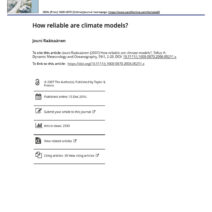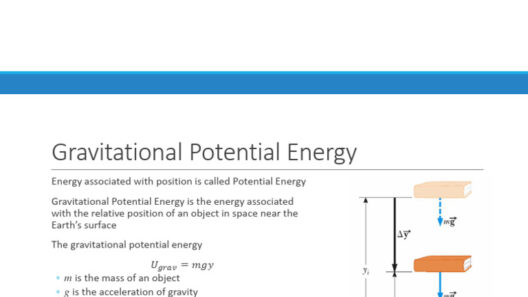Community gatherings serve as vibrant tapestries woven from the collective threads of shared purpose and camaraderie. However, these events often come at a considerable environmental cost. Just as we take care in nurturing the flora and fauna that surround us, it is equally imperative to cultivate a culture of energy conservation within our communal festivities. Below are several innovative strategies that can transform your gatherings into eco-conscious events that not only entertain but also inspire action toward sustainability.
1. Venue Selection: The Foundation Stone
The initial step in organizing an energy-efficient gathering is selecting the right venue. Seek out locations that are naturally well-lit, relying on ambient sunlight to illuminate the space. Open-air parks or community gardens provide not only scenic backdrops but also minimize the need for electrical lighting. These nature-infused venues resonate with the ethos of sustainability, reminding attendees of the very beauty we strive to protect.
Furthermore, consider venues that utilize renewable energy sources, such as solar or wind power. The use of such spaces not only reduces carbon footprints but also sends a powerful message about the importance of transitioning to greener energy systems.
2. Transportation Dynamics: Bridging Distance with Minimal Impact
Transportation is akin to the arteries of an event; they deliver its pulse. Encourage attendees to reduce their carbon footprints by promoting carpooling, biking, or using public transportation. Consider setting up designated meeting points for groups to gather, further streamlining the logistics. Providing maps highlighting bike lanes or public transit routes fosters an environment where sustainable travel becomes part of the journey.
Moreover, organizing local shuttle services that utilize electric vehicles or biodiesel can enhance accessibility while remaining committed to ecological principles. Each method of transit should symbolize a collective effort aimed at reducing overall vehicular emissions.
3. Energy Demands: Harnessing the Power of Efficiency
Once the dust settles on venue and transportation, attention turns to the energy demands of the event itself. One of the most vital considerations is lighting. Employ LED or solar-powered lights that not only consume less energy but also provide beautiful illumination. The soft glow of these sustainable alternatives is not only visually appealing but serves as an emblem of responsible energy use.
Powering audio equipment and other electrical necessities can also be streamlined. By utilizing rechargeable batteries or solar generators, events can achieve vibrant atmospheres without causing an adverse effect on the environment. Additionally, placing power strips on energy-efficient timers will further reduce wastage during idle times.
4. Gravitating Toward Local Fare: Culinary Consciousness
Food is often the heart of any community event, contributing to the convivial spirit. Opting for locally sourced ingredients not only supports nearby farmers but also drastically reduces transportation emissions. When organizers select food vendors who champion organic produce, they are promoting not just culinary delight but also a regenerative agricultural system.
Implementing plant-based menus can have a profound impact on energy conservation. Meat and dairy production is resource-intensive, and shifting focus toward vegetarian and vegan offerings can mitigate these demands, appealing to the ever-growing audience striving for healthier, sustainable diets.
5. Waste Management: The Circular Pathway
Energy conservation doesn’t halt at electricity; it extends into the way we deal with waste. Implement extensive waste management practices that promote recycling and composting. Clearly labeled bins strategically placed around the event encourage attendees to partake in responsible disposal. Establishing partnerships with local recycling organizations or compost services can streamline these processes effectively.
Engaging your community in pre-event discussions about waste can be enlightening. Use the event as an educational platform to inform participants about proper recycling methods, further fostering ecological consciousness.
6. Eco-friendly Promotions: Beyond Traditional Media
Advertising and promoting the event should embody its sustainable ethos. Shun traditional paper flyers that invariably contribute to deforestation. Utilize digital marketing via social media platforms, allowing for instantaneous interaction and engagement, while diminishing paper waste. When necessary, utilize recyclable or biodegradable materials for necessary print items.
Each promotional effort should echo the message of energy conservation. This solidifies the communal commitment to sustainability, inspiring others to adopt similar practices in their own lives.
7. Community Engagement: Inviting Participation
To truly cultivate a culture of energy conservation, engage the community. Host workshops or informational sessions in the lead-up to the event, where participants can learn about sustainability practices. In doing so, attendees are more likely to become ambassadors for sustainable living, spreading knowledge and enthusiasm throughout the community beyond the scope of the event.
Facilitating an interactive environment at the gathering amplifies engagement. Incorporate activities centered around energy conservation, like DIY solar oven workshops or art installations made from recycled materials, allowing attendees to experience sustainable methods firsthand.
8. Reflection and Evolution: Building a Legacy
After the final strains of music fade and the last lights dim, it is essential to reflect upon the event’s accomplishments concerning energy conservation. Collect feedback from attendees to assess what worked well and where improvements can be made. This reflective practice not only acknowledges successes but also lays the groundwork for future energy-efficient gatherings.
As communities strengthen through shared experiences, transforming these gatherings into eco-conscious events demonstrates a commitment—both to one another and to the planet. Each function serves as a vibrant reminder that energy conservation is not merely a task; it is a collective journey towards a sustainable future. Through conscientious planning and active participation, community events can illuminate the path to a greener tomorrow.







